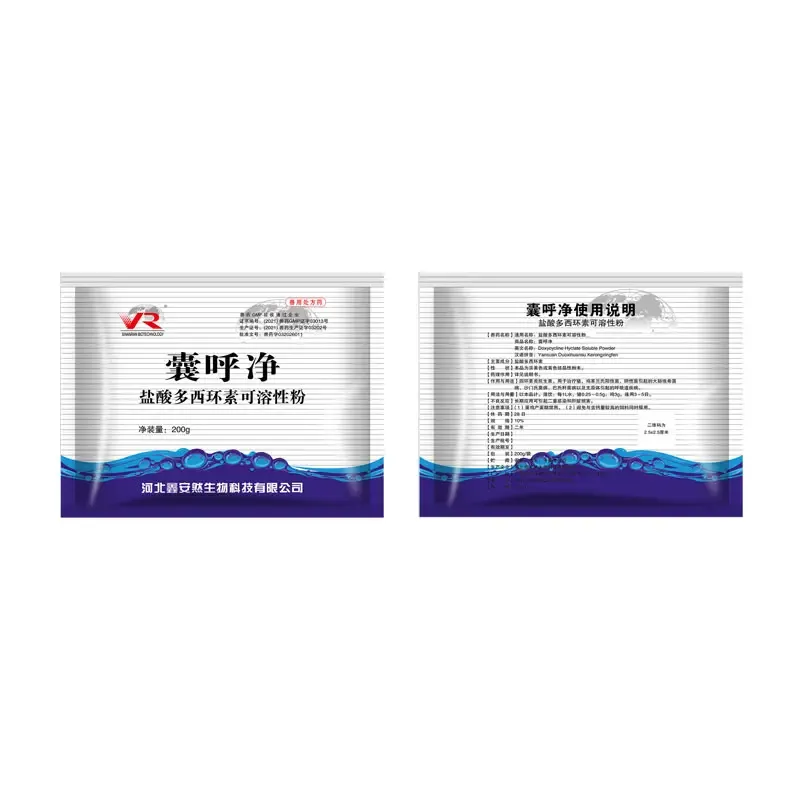- Afrikaans
- Albanian
- Amharic
- Arabic
- Armenian
- Azerbaijani
- Basque
- Belarusian
- Bengali
- Bosnian
- Bulgarian
- Catalan
- Cebuano
- Corsican
- Croatian
- Czech
- Danish
- Dutch
- English
- Esperanto
- Estonian
- Finnish
- French
- Frisian
- Galician
- Georgian
- German
- Greek
- Gujarati
- Haitian Creole
- hausa
- hawaiian
- Hebrew
- Hindi
- Miao
- Hungarian
- Icelandic
- igbo
- Indonesian
- irish
- Italian
- Japanese
- Javanese
- Kannada
- kazakh
- Khmer
- Rwandese
- Korean
- Kurdish
- Kyrgyz
- Lao
- Latin
- Latvian
- Lithuanian
- Luxembourgish
- Macedonian
- Malgashi
- Malay
- Malayalam
- Maltese
- Maori
- Marathi
- Mongolian
- Myanmar
- Nepali
- Norwegian
- Norwegian
- Occitan
- Pashto
- Persian
- Polish
- Portuguese
- Punjabi
- Romanian
- Russian
- Samoan
- Scottish Gaelic
- Serbian
- Sesotho
- Shona
- Sindhi
- Sinhala
- Slovak
- Slovenian
- Somali
- Spanish
- Sundanese
- Swahili
- Swedish
- Tagalog
- Tajik
- Tamil
- Tatar
- Telugu
- Thai
- Turkish
- Turkmen
- Ukrainian
- Urdu
- Uighur
- Uzbek
- Vietnamese
- Welsh
- Bantu
- Yiddish
- Yoruba
- Zulu
Nov . 07, 2024 19:23 Back to list
Tylosin Tartrate Use and Benefits for Poultry Health Management in Chickens
Tylosin Tartrate for Chickens An Essential Antibiotic for Poultry Health
Tylosin tartrate is a macrolide antibiotic widely utilized in veterinary medicine, particularly in the poultry industry. This antimicrobial agent is derived from the fermentation of the bacterium *Streptomyces fradiae*. Its primary purpose is to combat bacterial infections in chickens and enhance overall flock health. Understanding tylosin tartrate, its uses, benefits, and administration can significantly impact poultry production and animal welfare.
Mechanism of Action and Indications
Tylosin operates by inhibiting bacterial protein synthesis, effectively halting the growth of susceptible bacteria. This mechanism is particularly useful against Gram-positive bacteria and some Gram-negative organisms. Tylosin tartrate is mainly indicated for the treatment of respiratory diseases, enteritis, and various other bacterial infections that can compromise the health of chickens.
One common use of tylosin tartrate in poultry is in addressing necrotic enteritis, a disease caused primarily by the bacterium *Clostridium perfringens*. This condition leads to severe intestinal damage and can result in significant economic losses for poultry producers. By administering tylosin, farmers can reduce mortality rates and improve feed efficiency, ultimately enhancing overall production.
Benefits of Using Tylosin Tartrate
The benefits of incorporating tylosin tartrate into poultry health management are numerous. First and foremost, tylosin is effective in restoring the health of affected birds, leading to quicker recovery times. Healthier chickens mean better growth rates, increased egg production, and improved feed conversion ratios—all crucial factors for successful poultry operations.
Moreover, tylosin is recognized for its safety profile in chickens. When used according to recommended dosages, it poses minimal risks to the birds themselves. This is particularly important for producers who are increasingly concerned with antibiotic residues in poultry products, as tylosin tartrate has been shown to have a comparatively short withdrawal period.
tylosin tartrate for chickens

In addition to its therapeutic effects, tylosin has been noted for its potential benefits in preventing subclinical infections. Such infections can significantly impact poultry production without obvious clinical signs. By maintaining flock health and productivity, tylosin allows farmers to achieve better economic returns.
Administration of Tylosin Tartrate
Tylosin tartrate is typically administered through drinking water or feed, providing an easy method for treating large groups of chickens at once. This facilitates rapid intervention during outbreaks of disease, ensuring that all affected birds receive appropriate treatment. Precision in dosing is vital, as it maximizes therapeutic effectiveness while minimizing potential resistance development.
Farmers and poultry veterinarians should follow strict guidelines when using tylosin. This includes adhering to the recommended dosages and ensuring that treatment courses are completed as directed. Regular veterinary consultation can also help in the decision-making process regarding the use of tylosin, ensuring compliance with local regulations and best practices in animal husbandry.
Considerations and Future Directions
As the global poultry industry continues to face challenges such as antibiotic resistance, the responsible use of tylosin tartrate becomes increasingly important. Producers are encouraged to implement comprehensive health management strategies that include biosecurity measures, vaccination programs, and traditional husbandry practices alongside antibiotic use.
Research into alternatives and supplements to antibiotics is ongoing, with a focus on enhancing gut health and immunity in poultry. However, until such alternatives are widely adopted, tylosin tartrate remains a valuable tool in the arsenal against poultry diseases.
In conclusion, tylosin tartrate plays a critical role in maintaining the health of chickens and supporting the poultry industry. Its effectiveness in treating bacterial infections, coupled with its safety profile, makes it an essential antibiotic for poultry health management. Adopting responsible practices surrounding its use will not only ensure the welfare of the birds but also contribute to sustainable production practices in the future.
-
Guide to Oxytetracycline Injection
NewsMar.27,2025
-
Guide to Colistin Sulphate
NewsMar.27,2025
-
Gentamicin Sulfate: Uses, Price, And Key Information
NewsMar.27,2025
-
Enrofloxacin Injection: Uses, Price, And Supplier Information
NewsMar.27,2025
-
Dexamethasone Sodium Phosphate Injection: Uses, Price, And Key Information
NewsMar.27,2025
-
Albendazole Tablet: Uses, Dosage, Cost, And Key Information
NewsMar.27,2025













